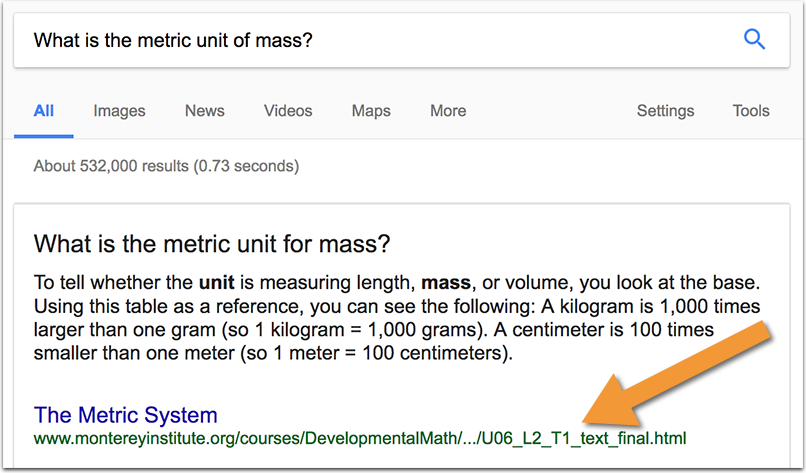
Whether you like them or not, that’s the change we have to deal with because if you are not featured, your competitor will.
Here are three recent studies of Google’s Featured snippets you need to be aware of:
1. Ahrefs Study of Featured Snippets
Read the full study here: Ahrefs
Ahrefs have examines 112 million keywords in their US database, almost around 14 million of which had featured snippets in their SERP. In other words, about 12.29% of search queries have featured snippets in their search results
They have found that, surprisingly, featured snippets have lower click-through-rate than the top result (where there’s no featured snippet) but they do steal clicks from the top result:
Key takeaways:
- All pages which are featured already rank in top 10 for that query, however…
- Google doesn’t seem to be featuring “the strongest” page in the top10 (in terms of backlinks). Instead, they tend to pick the page that answers the question best
- If Google likes a page, it would feature it in LOTS of snippets: The top-performing page in the database owns 4,658 featured snippets with Wikipedia being the absolute leader in the amount of featured snippets it owns.
- The top 30 most frequently met words among the search queries that trigger featured snippets
2. A.J. Ghergich’s Study of Featured Snippets @Moz
Read the full study here: Moz by A.J. Ghergich
Ghergich & Co. teamed up with SEMrush to conduct an in-depth study on featured snippets. SEMrush generously compiled and shared 1,400,000 featured snippets from their database for us to analyze.
The optimal length of a featured snippet paragraph is about 40 to 50 words(~around 300 characters).
What it means is that, for higher chances to get featured, aim at answering teh question within 40-50 words.
There’s no need to limit your lists or tables though:
The average number of items in a list was four, but that number is not what we should focus on. Instead, focus on the maximum number of items in the list. This prompts Google to display the “More Items…” text, which can lead to better engagement.
and:
Same with tables: For longer tables Google will invite the user to click to see more items in a table.
Moreover, tables give you huge competitive advantage because Google loves them but not too many publishers use them. So create more comparison tables!
3. Getstat Study of Featured Snippets
Read the full study here: Getstat
Between January 16 and January 17, 2016, Getstat gathered the top 100 ranking URLs for one million high-CPC keywords.
Here are a few highlights:
- Featured snippets are common on commercial SERPs
- Featured snippets and “People also ask” appear to be connected
- Featured snippet URLs in our study are less likely to utilize Schema.org
- Financial queries generate more featured snippets
- Featured snippet URLs often feature <ol> and <table> (<ul> lists still work but they are not as popular)
- Featured snippets never overlap with three-pack places results
Good luck being featured!

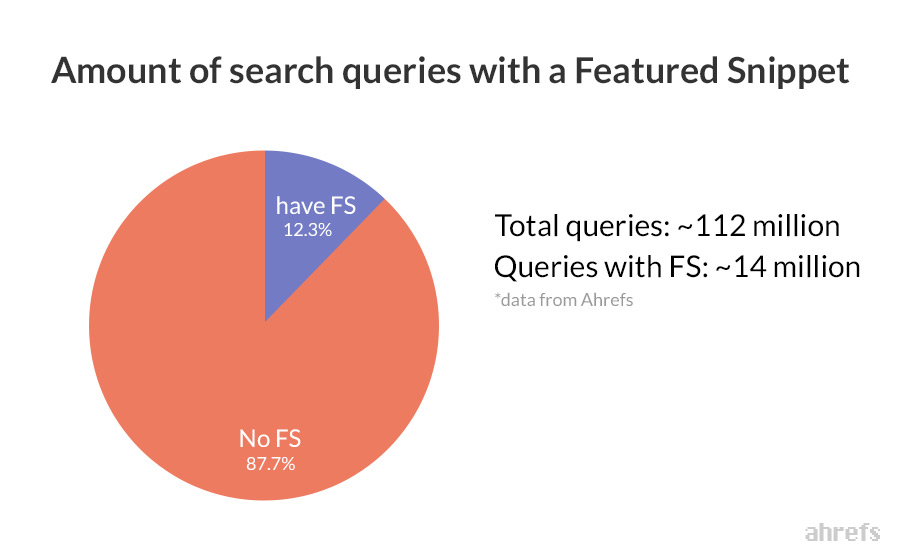
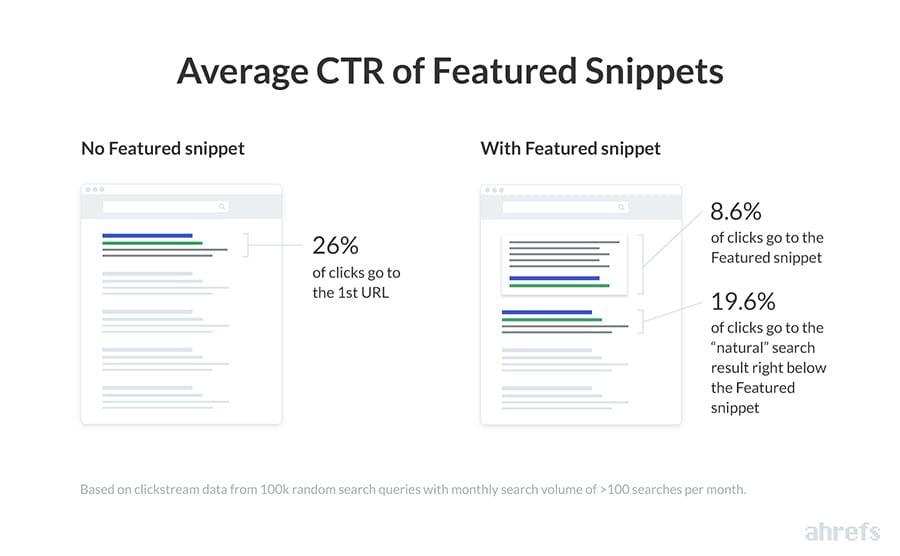
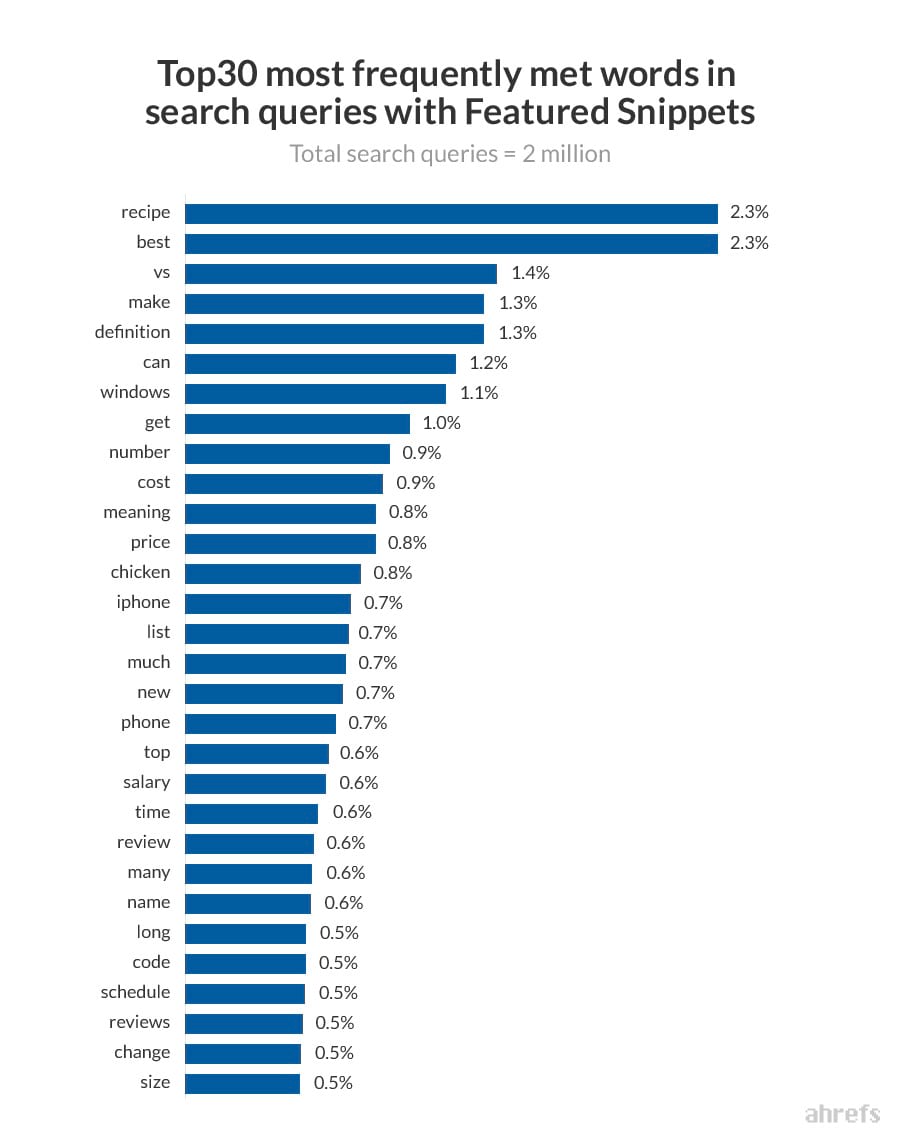
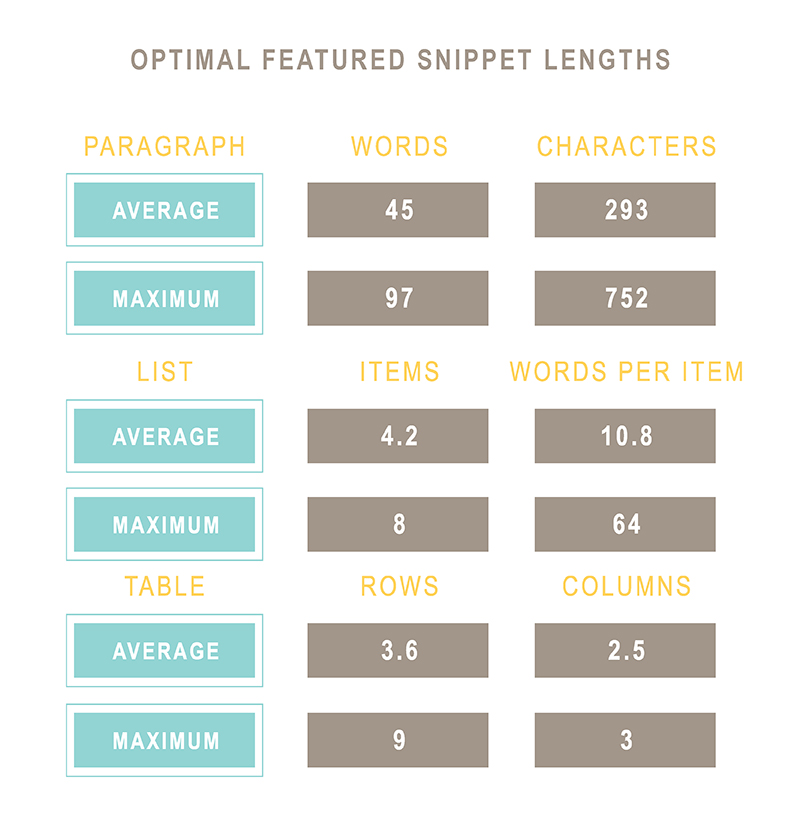




4 Responses
When it comes to Google, all I know is creating quality long form Evergreen content and build meaningful relationships with people on social networks that will hopefully share my content months and years to come. I’m not that knowledgeable about all that deep analytical stuff but I do try to understand on my own as a freelance publisher-marketer. The one thing I recently learned is that when I add rel=”nofollow” to my <a href="" tags, I get better long-term search engine rankings that not improves just globally, but also improves nationally in the United States, which decreases my bounce rate percentage, improves site retention time, and gets more shares by people posting my links on social networks. I tell you this… Every day is a digital learning experience to me. 🙂
The google algorithms were incredible. People are surprised at what they will do. Looking at the ever-updated content will be what will be waiting for us in the future. What the SEO concept really is
Great post Ann! 🙂 I was wondering, is it true that we get more chance if our content consists more of bullet forms and tables?
Amazing studies! I’m excited to see what will change in 1 year or so, considering the pace of FS today.
I would also recommend the featured snippets study from StoneTemple.
Comments are closed.